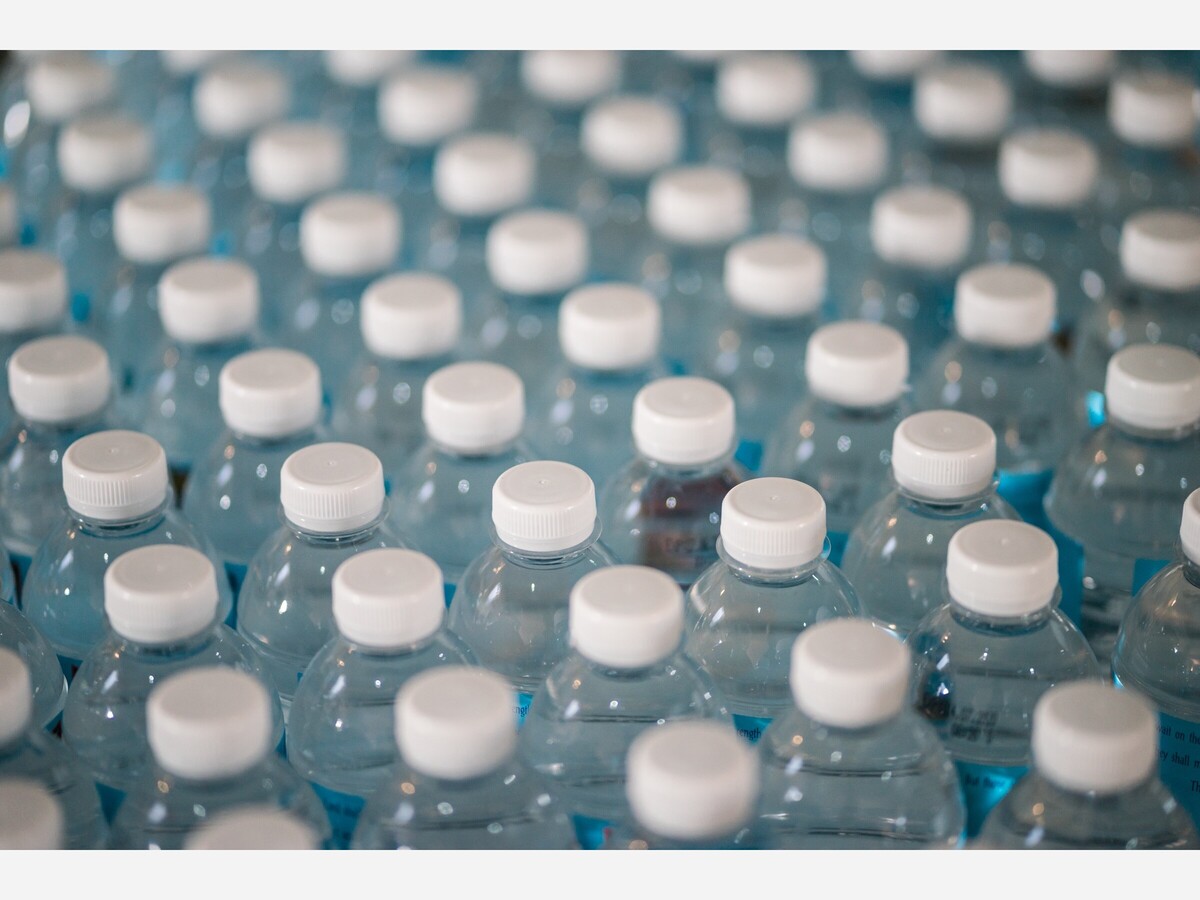Image


While plastic has undeniably improved our quality of life, it has also created an environmental and health hazard nightmare, with millions of tons of plastic waste polluting our oceans, lands, food, and even the air we breathe. In this blog, we will explore the presence of plastic in our food, water, and air and its potential health risks.
Microplastics in Food
Microplastics, tiny plastic particles smaller than 5mm, have been found in various food items, from seafood to honey and even salt. These particles can make their way into the food chain through multiple pathways, such as when fish ingest them, mistaking them for food. Microplastics can also infiltrate agricultural lands through sewage sludge as fertilizer, leading to the contamination of crops. Researching the long-term health effects of consuming microplastics will be ongoing, but there is growing concern that these particles could cause harm by accumulating in our bodies over time. Evidence suggests that plastic contamination is irreversible; unfortunately, very few people on our planet care about altered habitats and the reduction of ecosystems. After all, plastic is convenient.
Plastic in Drinking Water
The contamination of our water sources by plastic pollution is a pressing issue. In 2017, a study found that 83% of tap water samples collected worldwide contained plastic fibers. Similarly, plastic particles have been detected in bottled water, raising questions about the safety of our drinking water. The leaching of harmful chemicals from plastic containers, such as bisphenol-A (BPA), into the water is another concern. According to the CDC, 93 percent of 2,157 people between the ages of 6 and 85 tested had detectable levels of BPA's by-product in their urine. BPA has been linked to various health issues, including hormonal disruption and developmental problems in children, such as altered neurodevelopment (attention-deficit/hyperactivity disorder (ADHD), autism, learning disabilities, intellectual disability, conduct disorders, cerebral palsy, and impairments in vision and hearing).
Airborne Plastic Pollution
Plastic pollution is not limited to our food and water; it has also become an airborne issue. Microplastics are released into the air through the breakdown of more oversized plastic items and during the production and processing of plastic materials. Studies have found plastic particles in indoor and outdoor air in urban and remote areas. Meaning we can't escape ingesting it. We eat around 50 plastic bags per year or one credit card worth of plastic weekly! Breathing in these particles could cause respiratory issues, and long-term exposure might lead to more severe health problems.
Conclusion
The presence of plastic in our food, water, and air is a testament to the ubiquity of this material in our modern world. As we become more aware of plastic pollution and its potential health risks, reducing our reliance on single-use plastics and prioritizing recycling and sustainable alternatives is crucial. Governments, industries, and individuals must work together to minimize plastic pollution's environmental and health impacts, ensuring a cleaner and safer future for all.